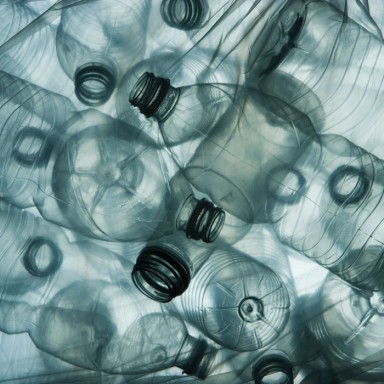The first step in regulating microplastics in water is defining microplastics

Microplastics are becoming a persistent water quality problem but they are not currently regulated. Microplastics can enter drinking water supplies through sources like surface runoff, atmospheric deposition and sewer overflows, according to the World Health Organization. The health effects aren’t well understood, but studies have found small plastic particles can migrate from animals’ digestive systems into other organs.
Before a contaminant can be regulated, it must first be defined. California recently approved the nation’s first definition of microplastics. Definition is the first step in requiring local suppliers to test drinking water for small plastic particles that could hurt human health. Other states are expected to take their cue from California.
Although chemical companies lobbied against the definition, the California regulatory board stuck to its original proposed definition: “solid polymeric materials to which chemical additives or other substances may have been added, which are particles which have at least three dimensions that are greater than 1 nanometer and less than 5,000 micrometers.” The definition excludes naturally derived polymers that haven’t been chemically modified, which can include “bioplastics” made from starch and other biomass.
This probably means that eventually drinking water agencies in California will have to test their supplies for plastic particles smaller than 5 millimeters and report their findings.
Regulation of plastics in water is uncharted territory, but California has now taken the first step.